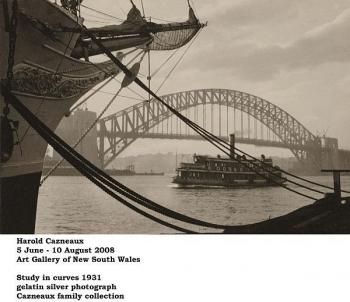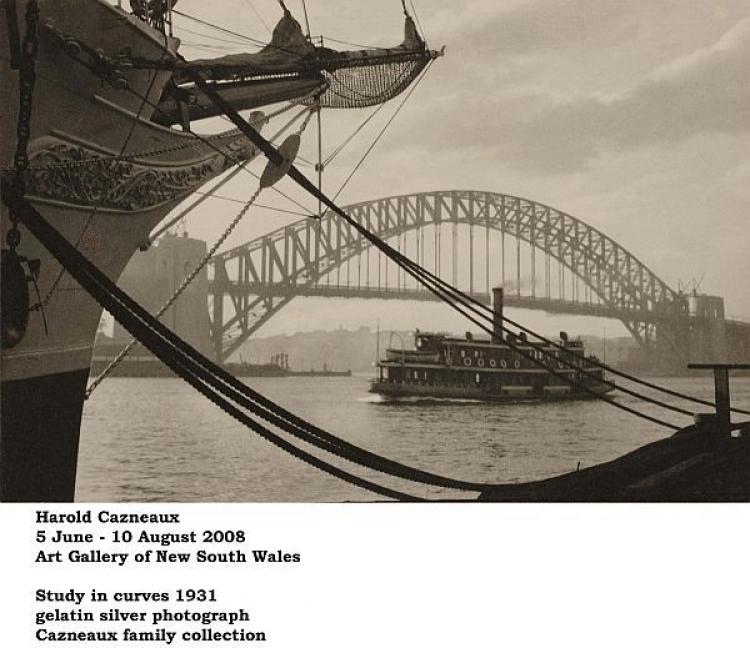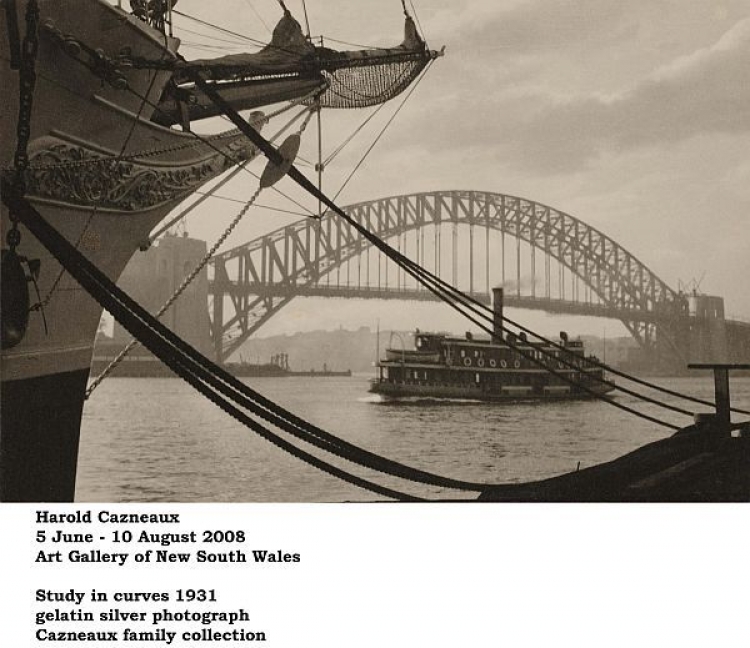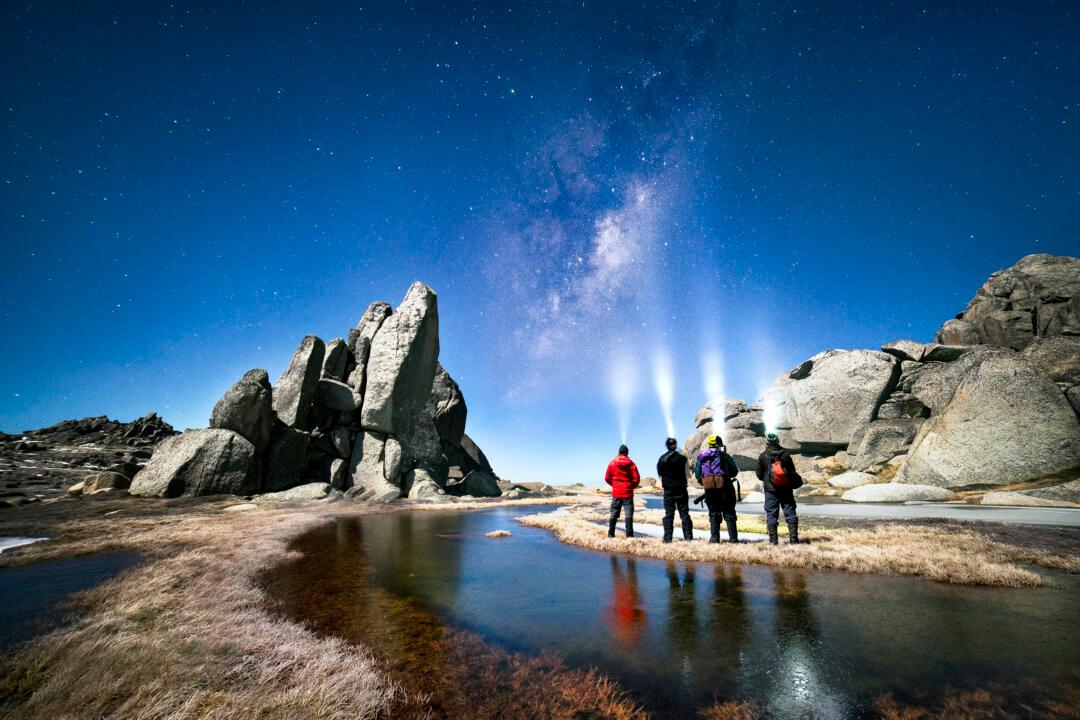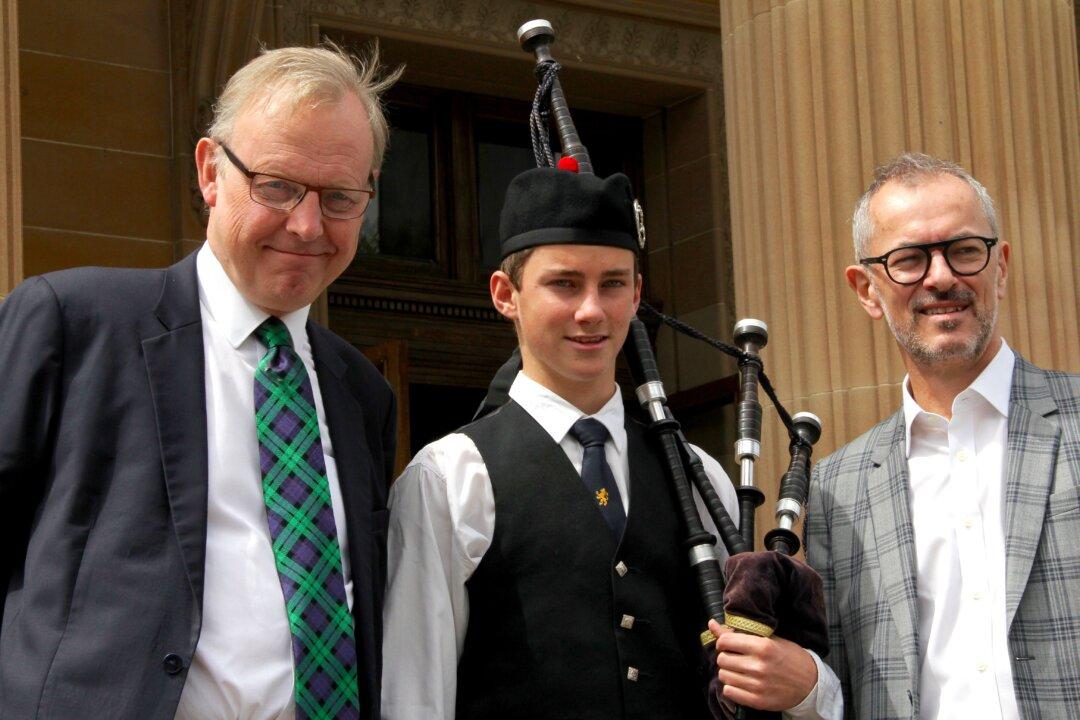Harold Cazneaux (1878–1953), once described by Max Dupain as “the father
of modern Australian photography”, carved his name in Australia and
Europe as a pictorialist photographer.
Pictorialists argued that every photograph should be a work of art and
that the camera was an aesthetic instrument to be used on the way to a
final image rather than a purely functional tool.
A pioneer in this regard, Mr Cazneaux created some of Australia’s most
memorable images of the early 20th century, many of which will be
included in an exhibition at the NSW Art Gallery from June 5 to August 10.
The exhibition, titled Harold Cazneaux: artist in photography, will
include more than 100 of his iconic images.
According to curators of the exhibition, the images have been carefully
devised around key themes to explore the breadth and depth of Mr
Cazneaux’s work and will include landscapes, portraits, artists’
portraits, the harbour and the city.
The images have also been arranged chronologically to chart the visual
and conceptual development of his methodology.
The use of light was a defining characteristic of Mr Cazneaux’s work. In
1916 he and others formed the Sydney Camera Circle, establishing the
so-called “Sunshine School” of photography. Circle members were
particularly interested to embrace the particularities of Australian
light and landscape, and move away from the English-inspired darker
imagery dominating photographic practice at that time.
Mr Cazneaux was also a prolific writer. As a correspondent for
Photograms of the Year (UK) for more than 20 years, he was the
international voice of Australian photography. He was official
photographer for Sydney Ure Smith’s lifestyle magazine The Home from
1920 to 1941. And he was commissioned to produce images for a number of
Ure Smith’s publications, including Sydney Surfing (1929), The Bridge
Book (1930), The Sydney Book (1931) and The Australian Native Bear
Book (1932).
The title of the exhibition is drawn from the artist’s letterhead, which
is a fitting tribute to the artist’s intentions, for it was Mr Cazneaux
– passionately believing in photography as art – who placed Australia
photographically on the map of the world.
of modern Australian photography”, carved his name in Australia and
Europe as a pictorialist photographer.
Pictorialists argued that every photograph should be a work of art and
that the camera was an aesthetic instrument to be used on the way to a
final image rather than a purely functional tool.
A pioneer in this regard, Mr Cazneaux created some of Australia’s most
memorable images of the early 20th century, many of which will be
included in an exhibition at the NSW Art Gallery from June 5 to August 10.
The exhibition, titled Harold Cazneaux: artist in photography, will
include more than 100 of his iconic images.
According to curators of the exhibition, the images have been carefully
devised around key themes to explore the breadth and depth of Mr
Cazneaux’s work and will include landscapes, portraits, artists’
portraits, the harbour and the city.
The images have also been arranged chronologically to chart the visual
and conceptual development of his methodology.
The use of light was a defining characteristic of Mr Cazneaux’s work. In
1916 he and others formed the Sydney Camera Circle, establishing the
so-called “Sunshine School” of photography. Circle members were
particularly interested to embrace the particularities of Australian
light and landscape, and move away from the English-inspired darker
imagery dominating photographic practice at that time.
Mr Cazneaux was also a prolific writer. As a correspondent for
Photograms of the Year (UK) for more than 20 years, he was the
international voice of Australian photography. He was official
photographer for Sydney Ure Smith’s lifestyle magazine The Home from
1920 to 1941. And he was commissioned to produce images for a number of
Ure Smith’s publications, including Sydney Surfing (1929), The Bridge
Book (1930), The Sydney Book (1931) and The Australian Native Bear
Book (1932).
The title of the exhibition is drawn from the artist’s letterhead, which
is a fitting tribute to the artist’s intentions, for it was Mr Cazneaux
– passionately believing in photography as art – who placed Australia
photographically on the map of the world.
